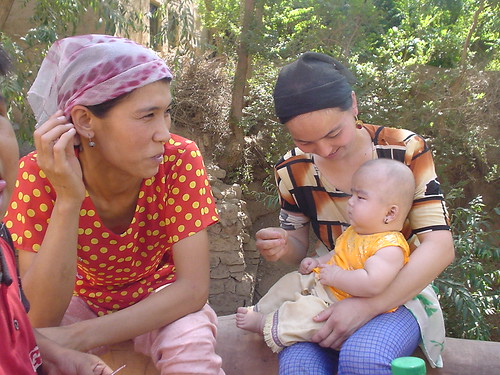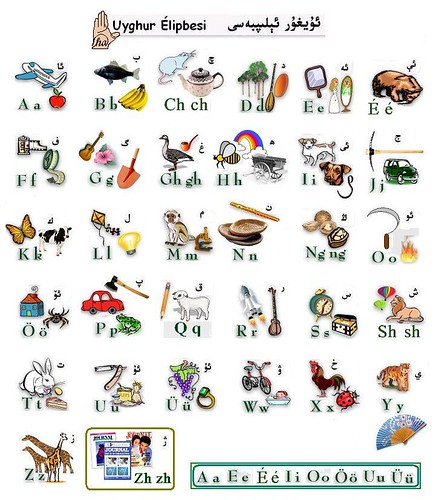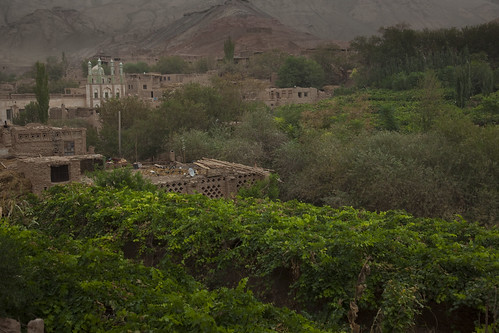In the middle of the desert landscapes of Taklamakan, in the north-western part of China, the province of Xinjiang is a least populated land while it covers close to a sixth from the country's territory. Getting resisted while in centuries the Han Chinese control, Xinjiang Uyghur Autonomous Region, or Old Turkistan, fell into under the Chinese Han control in 1949. From then, its population is mostly Uyghurs and Turkish - speaking System.
Islamic mainly, the Uyghurs have a very good religious identity which usually, in particular, enabled them to keep a solid big difference towards the Chinese enemy. Without a doubt, the Uyghur Kingdom of Mongolia knew a great civilization, until its absorption by the Mongolian Empire in the XIIIth century.
During their own historical past, the Uyghurs successively adopted Shamanism, Manicheism, Buddhism and the Nestorianism before finally moving to Islam when the Arab conquerors beat the Chinese in year 751 BC., thus beginning the way to the Islamization of the entire Central Asia.
Under the influence of the beliefs which they adopted, the Uyghurs taken successively, and sometimes in a competing way, a large number of written forms (turco-runic, brahmi, tokharien, soghdien) before developing their own graphic system.
The coming of Islam was a great change since it was supported by the absorption of the Uyghur areas in the enormous Turkic and Muslim Empire. Thus, the descendants of Genghis Khan slowly replaced their writing by a Arabo-Persan alphabet, still used these days.
If their own writing, their language and their religion mark a real difference with the tradition of Chinese Han, Uyghur People also are different from their characteristic, so aspect of Central Asia's people. A shiny skin, eyes representing a whole pallet of colors, from black to deep blue, features pointing out to the Mongolian, Turkish or Uzbek roots of these men and these women.
For a few years, China has included the proper identity of these remote people, though they represent only 8 million inhabitants - a little for this kind of big country. So, the Uyghurs are now part of the fifty six racial minority groups having been recognized in an official way by the People's Republic of China.
This particular law allows these people a few rights in a land where their difference is very often repressed. Therefore, Uyghur families escape the "single child policy" and their language is recognized as the second official language in Xinjiang.
The integration of the Uyghur people and their culture in China, however, appears quite illusory. The presence of natural resources in Xinjiang, and its proximity with nations acknowledged as sensitive, clearly encouraged the government to speed up the sinicization of this area. Million of Han thus came to settle in this new Chinese eldorado, monopolizing the higher responsibility work opportunities.
In reaction to this true will to assimilate the Uyghurs into the Chinese culture, an independent party like East Turkistan Islamic Movement(ETIM) was born in the early 1990.
Asserting more freedom, but primarily the recognition of their true identity, this movement was seriously repressed by the power authorities in location Xinjiang.
The events of September 11, 2001, were the perfect occasion for the Chinese government to justify true reprisals: they declared the "Uyghur freedom fighters" as dangerous terrorists linked to Al Quaida because of their Muslim origins and their proximity with Pakistan and Afghanistan... However, the terrible repression which followed did not calm down the anger. The Uyghur peoples population continues today to proudly keep up their identification and their traditions , though they become a minority on their own territory.
For further information about Uyghur people, you can visit a Uyghur website called Uyghur News at http://www.uyghurnews.com




No comments:
Post a Comment